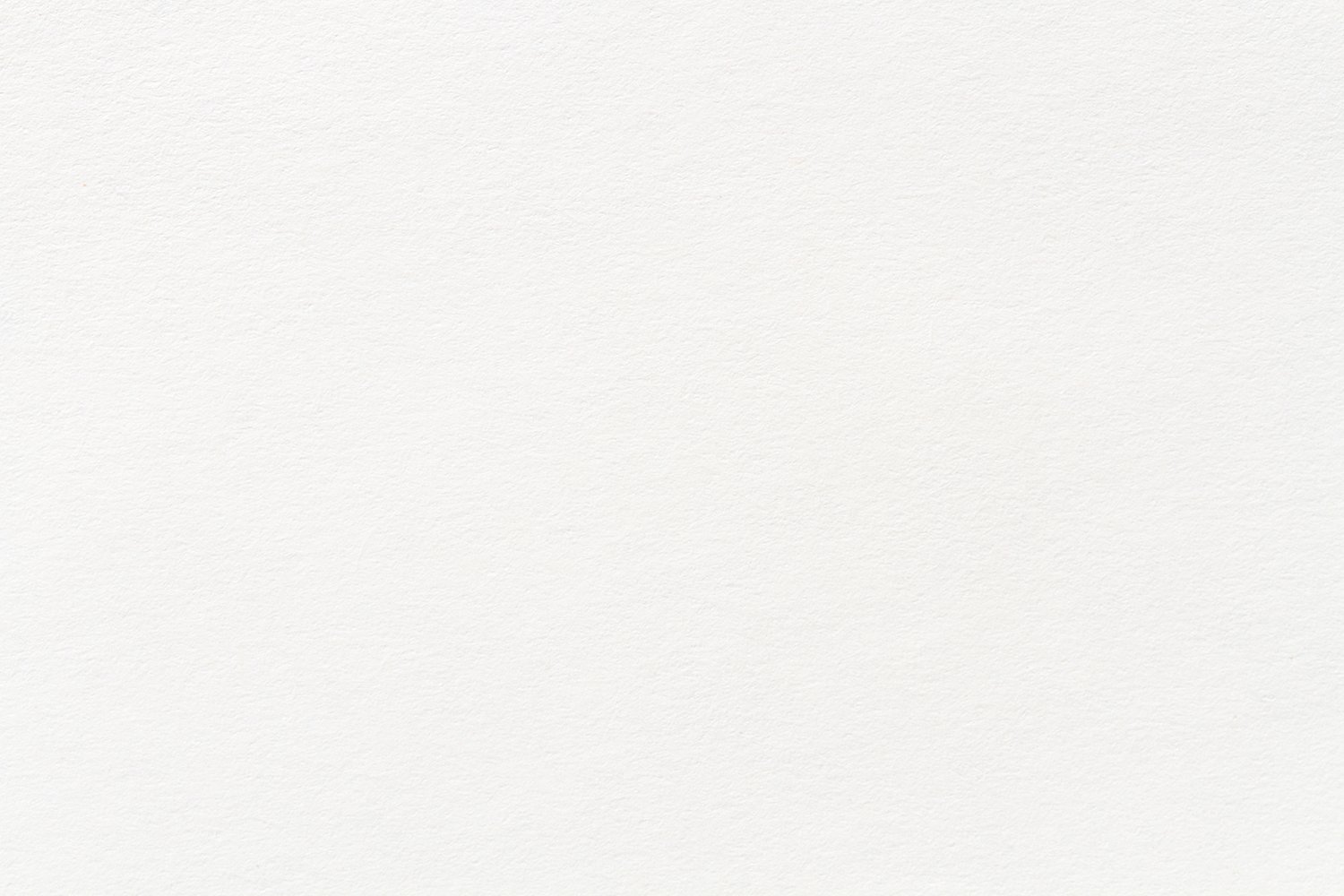

Long an unsung urban art form, graffiti has evolved into the de facto voice of a new generation, a universal, global reflection of the politics, society, and culture of its unique location. Graffiti has always been an anarchic expression, a rebellion against the standards and norms of society. Even the simplest form of graffiti, the tag — the identity of the writer placed on a public wall — inscribes that person’s presence onto that spot, declaring their right to be seen, heard, and felt. Throughout the world, from the United States to Mexico to Germany and beyond, local graffiti artists are creating complex, beautiful, vibrant, culturally resonant murals to tell their stories. These turbulent, fast-changing, politically charged times inspire the most vivid and prolific periods of street art. Portuguese street art specialist Ricardo Campos explains that public space and walls in particular have been used by people to communicate with others since ancient times because they are accessible, cheap, and easy. “It is, we can say, the most democratic resource, for it is accessible to all citizens. Citizens that have no voice in conventional media favor the walls especially in times of crisis,” Campos says. Head out in your own neighborhood and just take a look around. Peel back the layers of paint. What do you see?
Long an unsung urban art form, graffiti has evolved into the de facto voice of a new generation, a universal, global reflection of the politics, society, and culture of its unique location. Graffiti has always been an anarchic expression, a rebellion against the standards and norms of society. Even the simplest form of graffiti, the tag — the identity of the writer placed on a public wall — inscribes that person’s presence onto that spot, declaring their right to be seen, heard, and felt. Throughout the world, from the United States to Mexico to Germany and beyond, local graffiti artists are creating complex, beautiful, vibrant, culturally resonant murals to tell their stories. These turbulent, fast-changing, politically charged times inspire the most vivid and prolific periods of street art. Portuguese street art specialist Ricardo Campos explains that public space and walls in particular have been used by people to communicate with others since ancient times because they are accessible, cheap, and easy. “It is, we can say, the most democratic resource, for it is accessible to all citizens. Citizens that have no voice in conventional media favor the walls especially in times of crisis,” Campos says. Head out in your own neighborhood and just take a look around. Peel back the layers of paint. What do you see?



